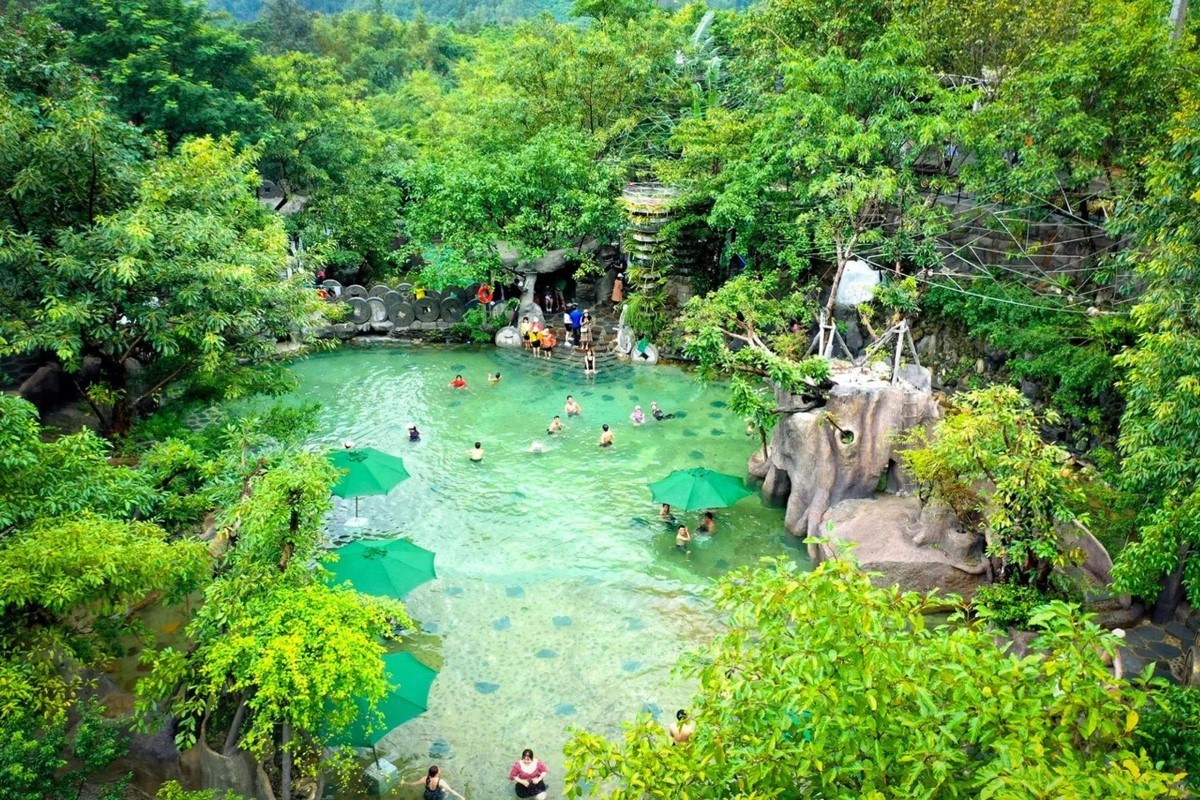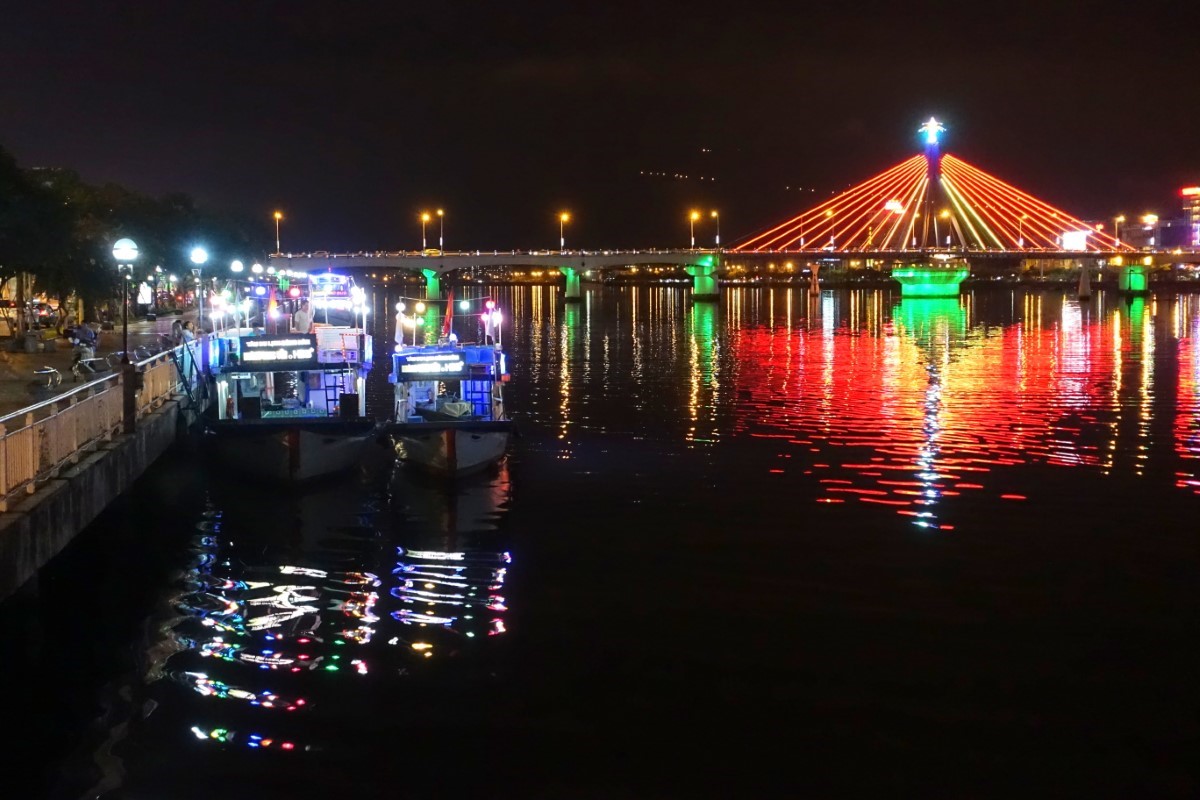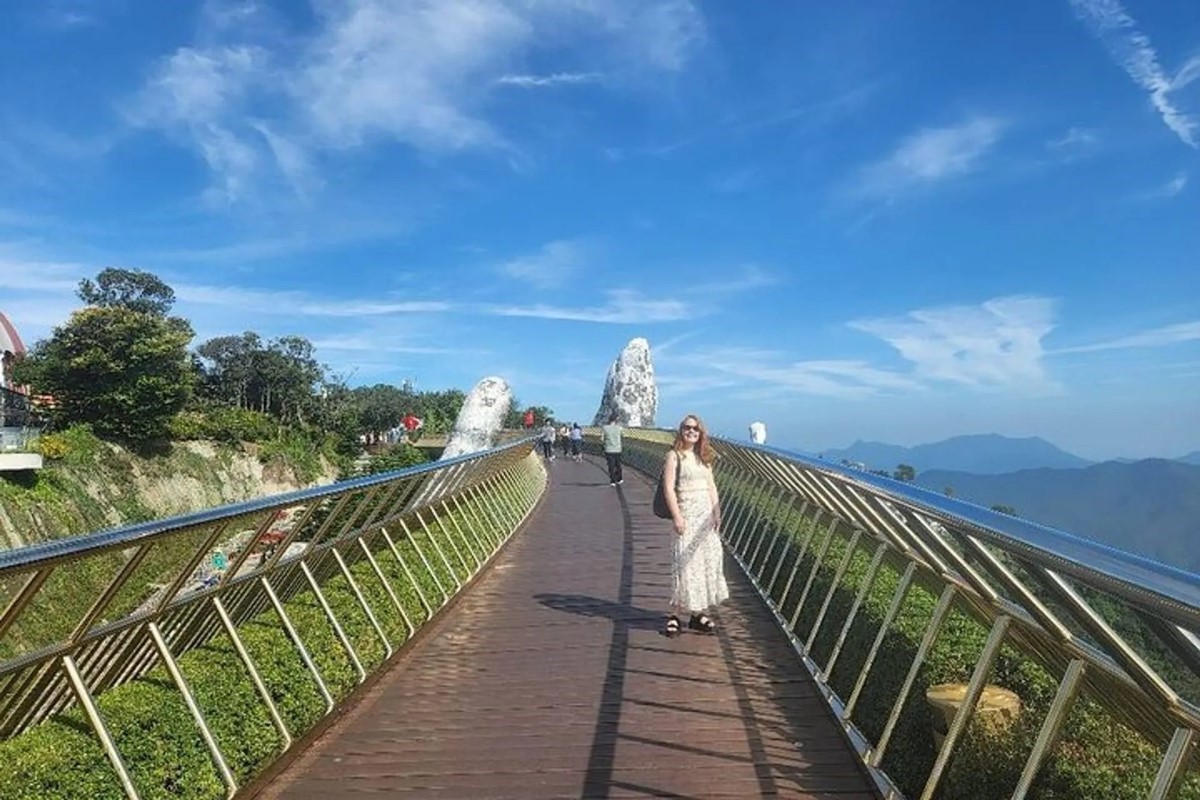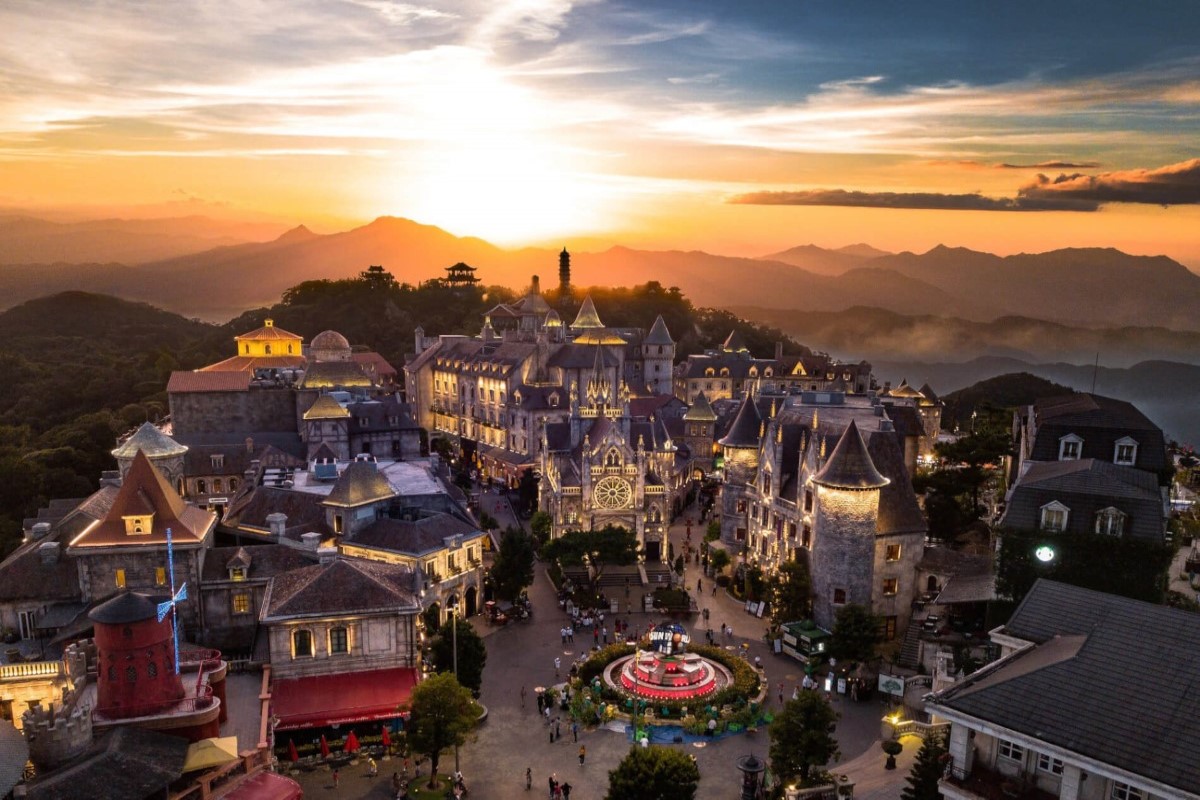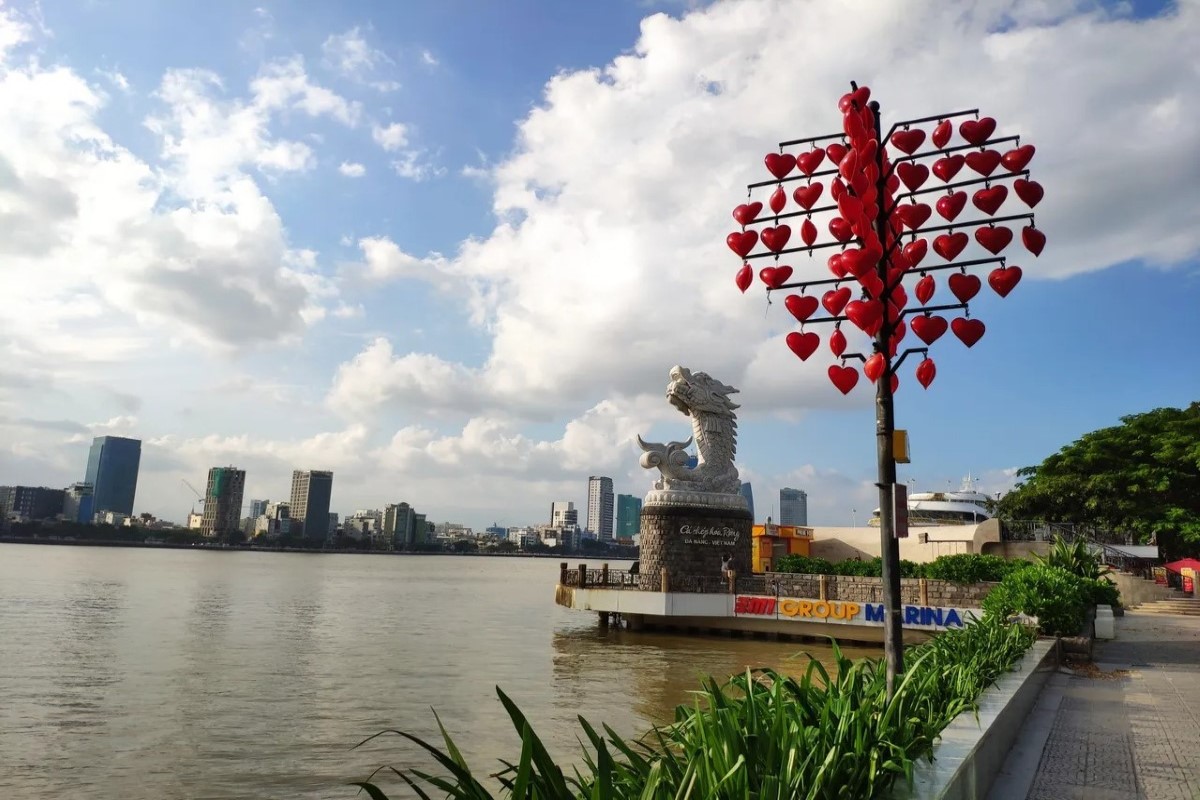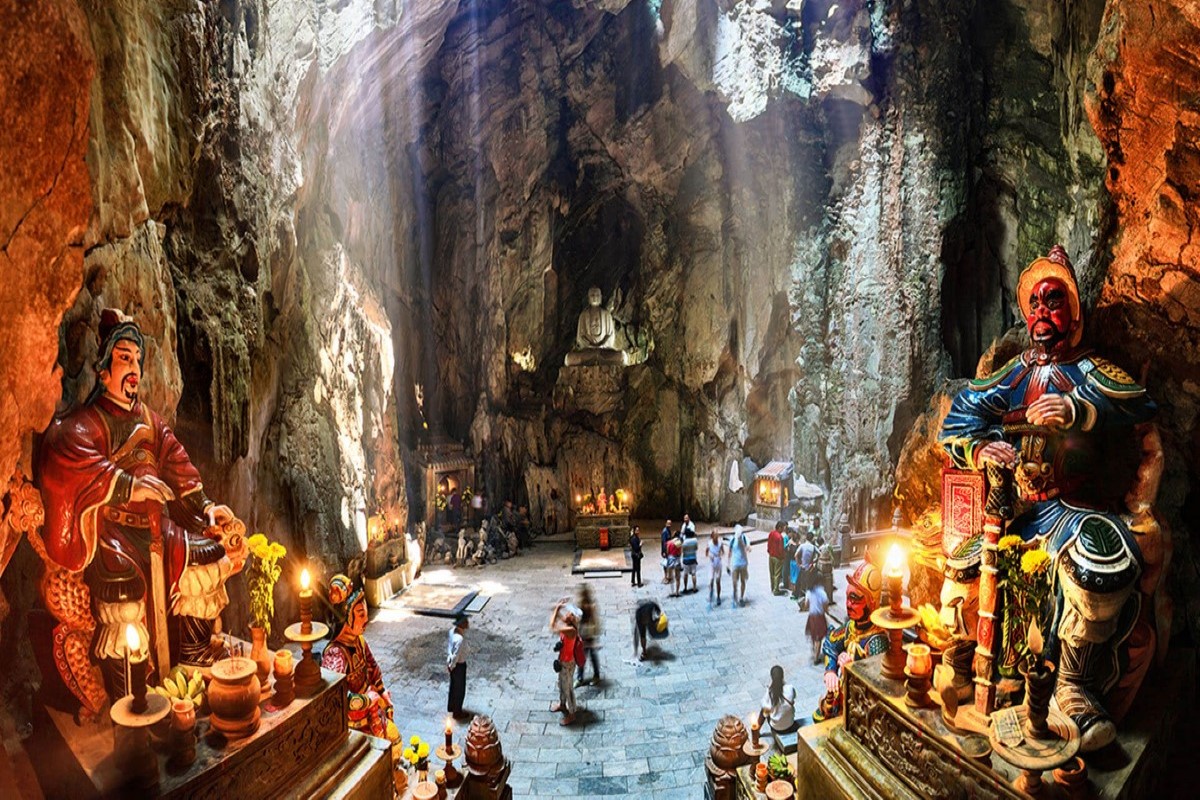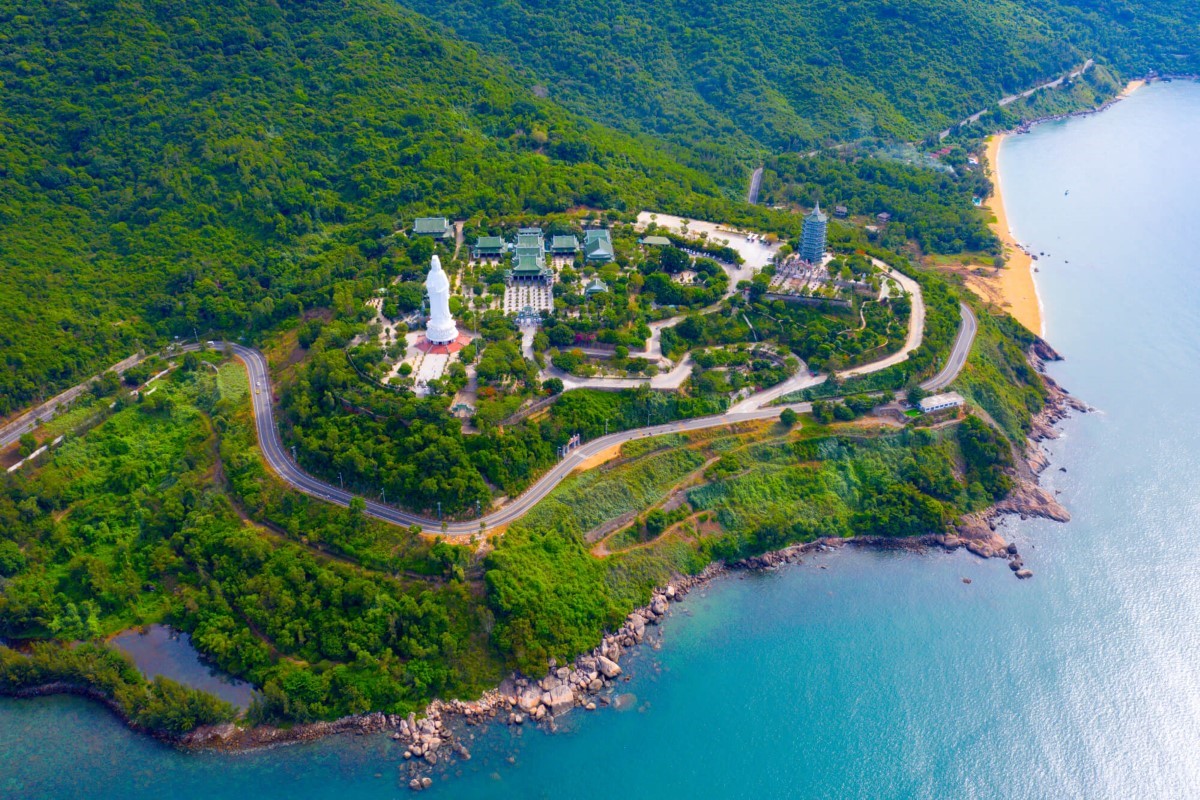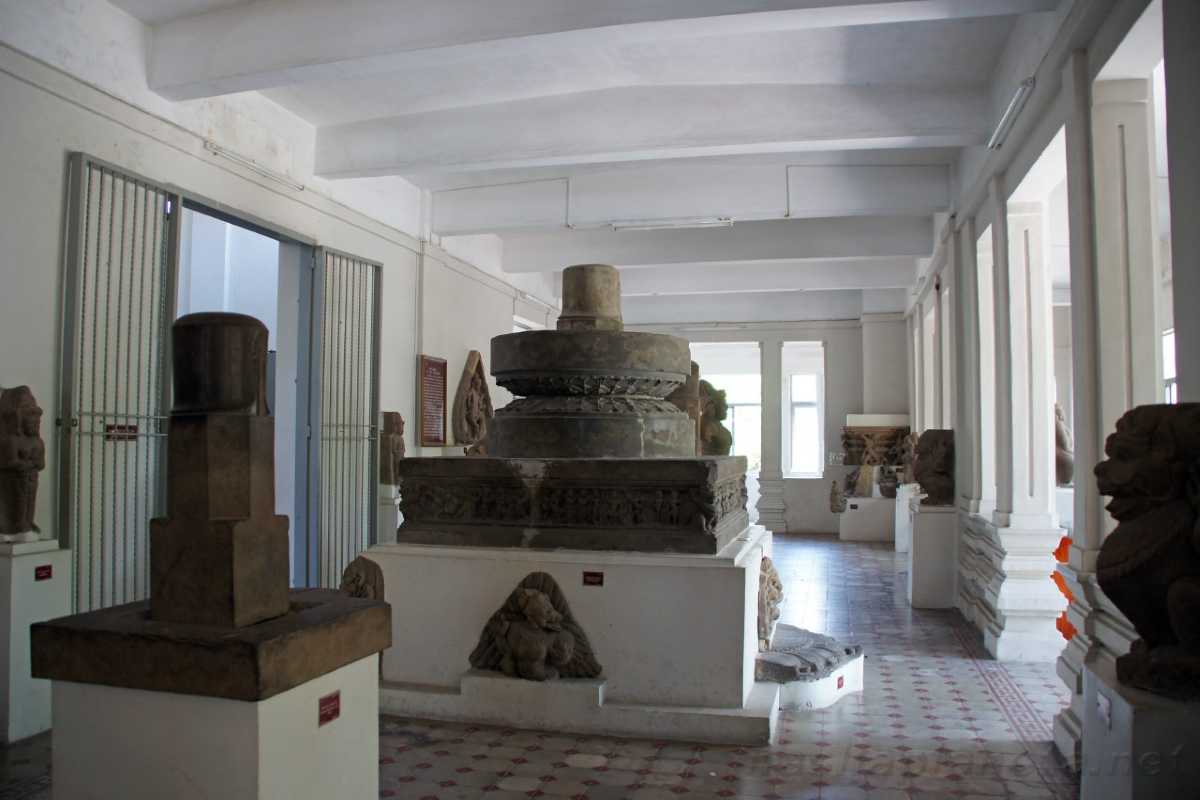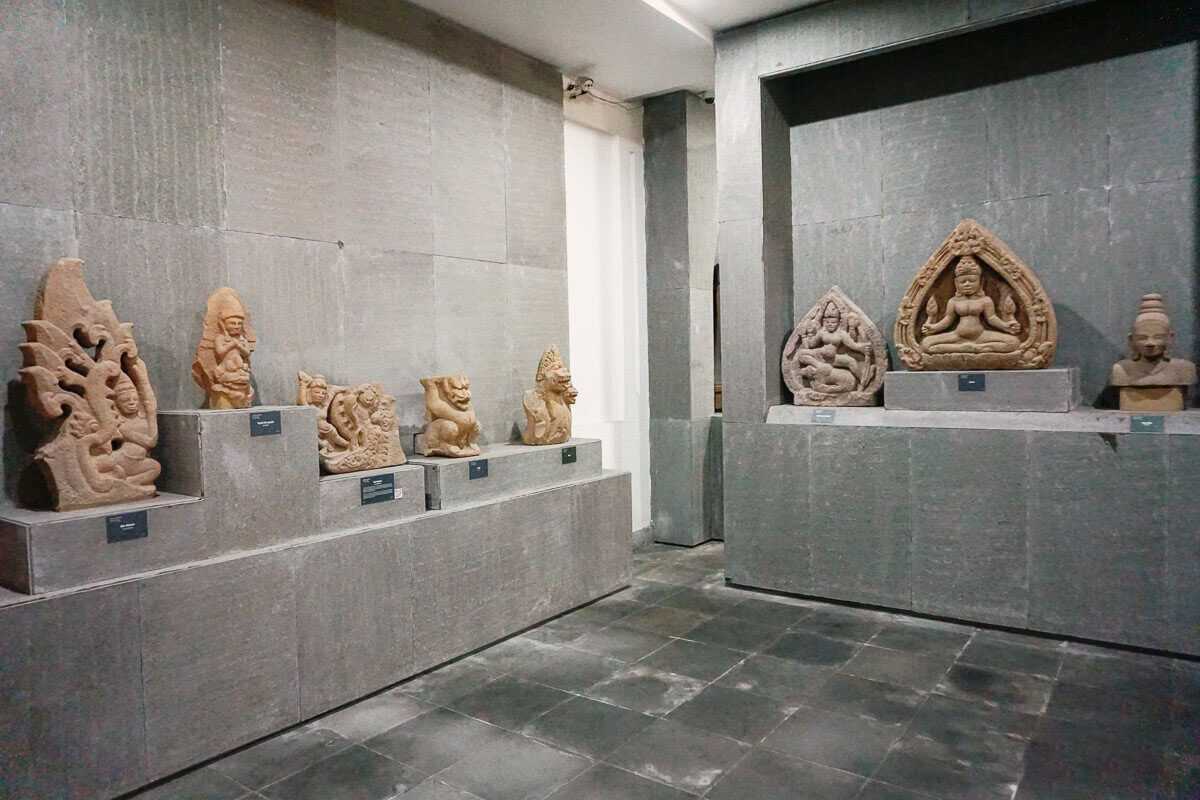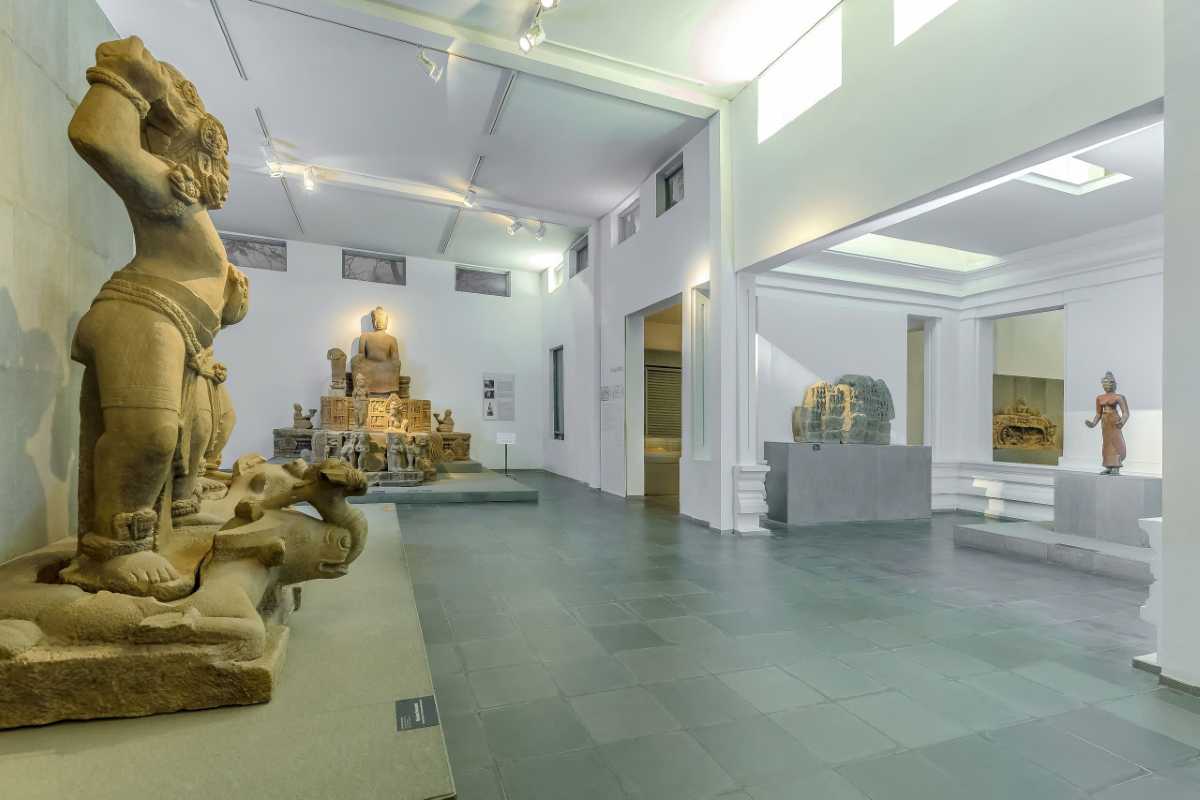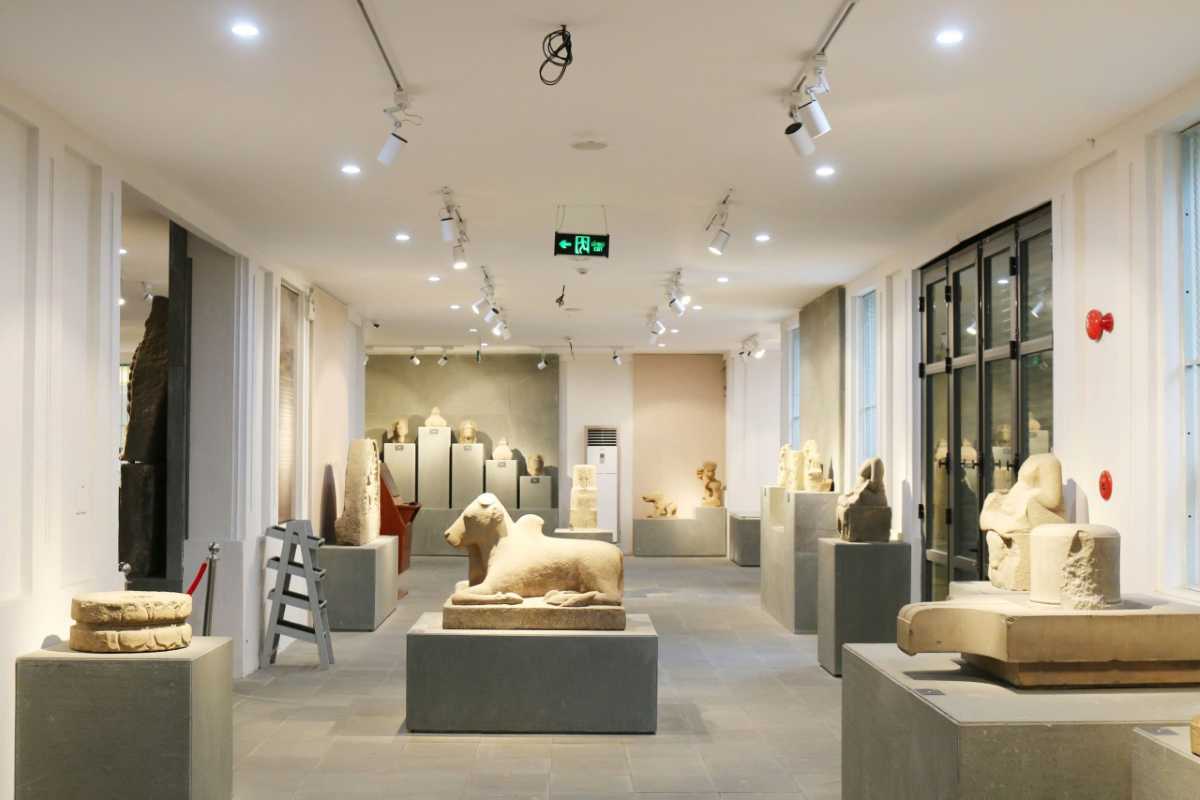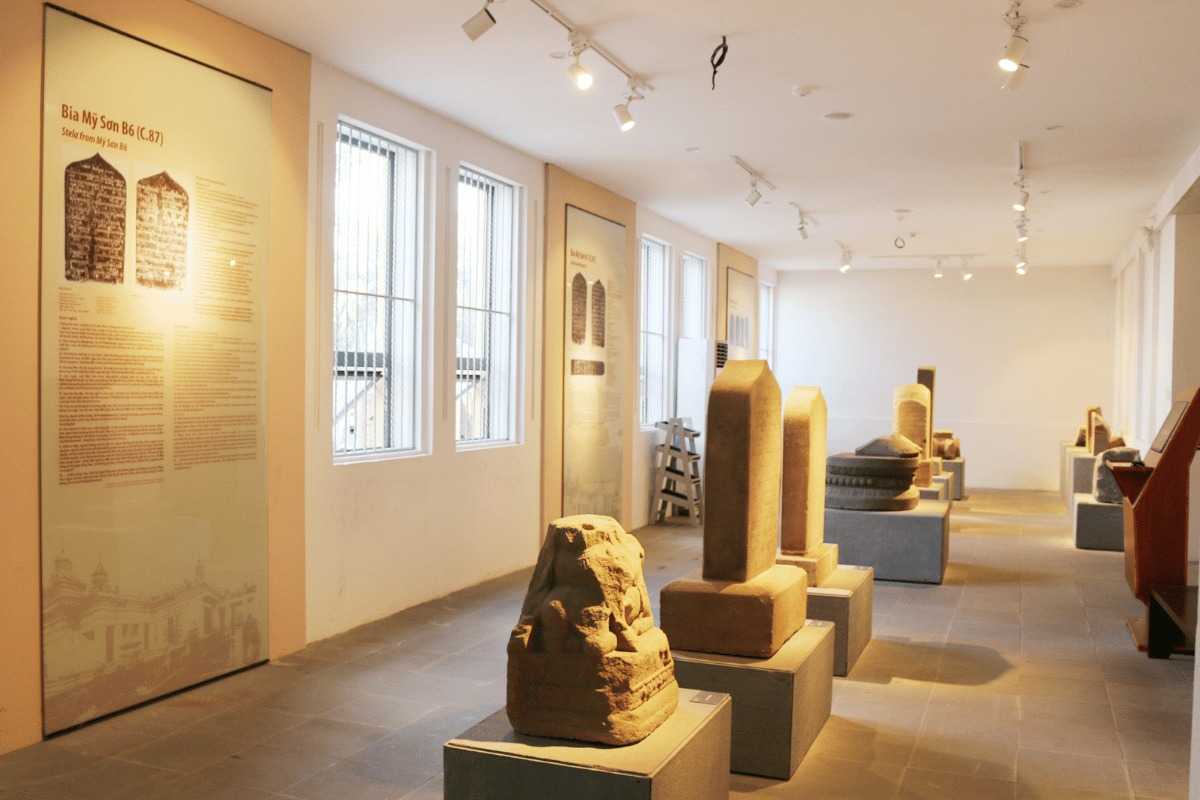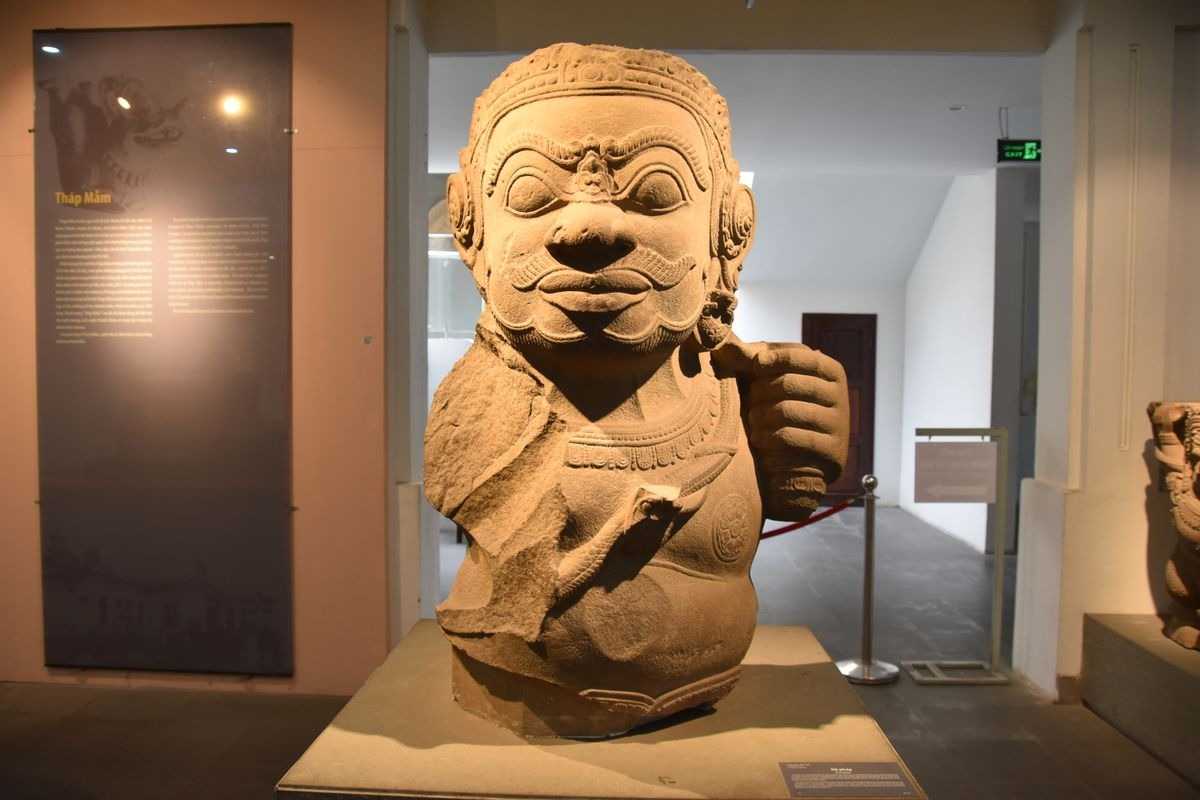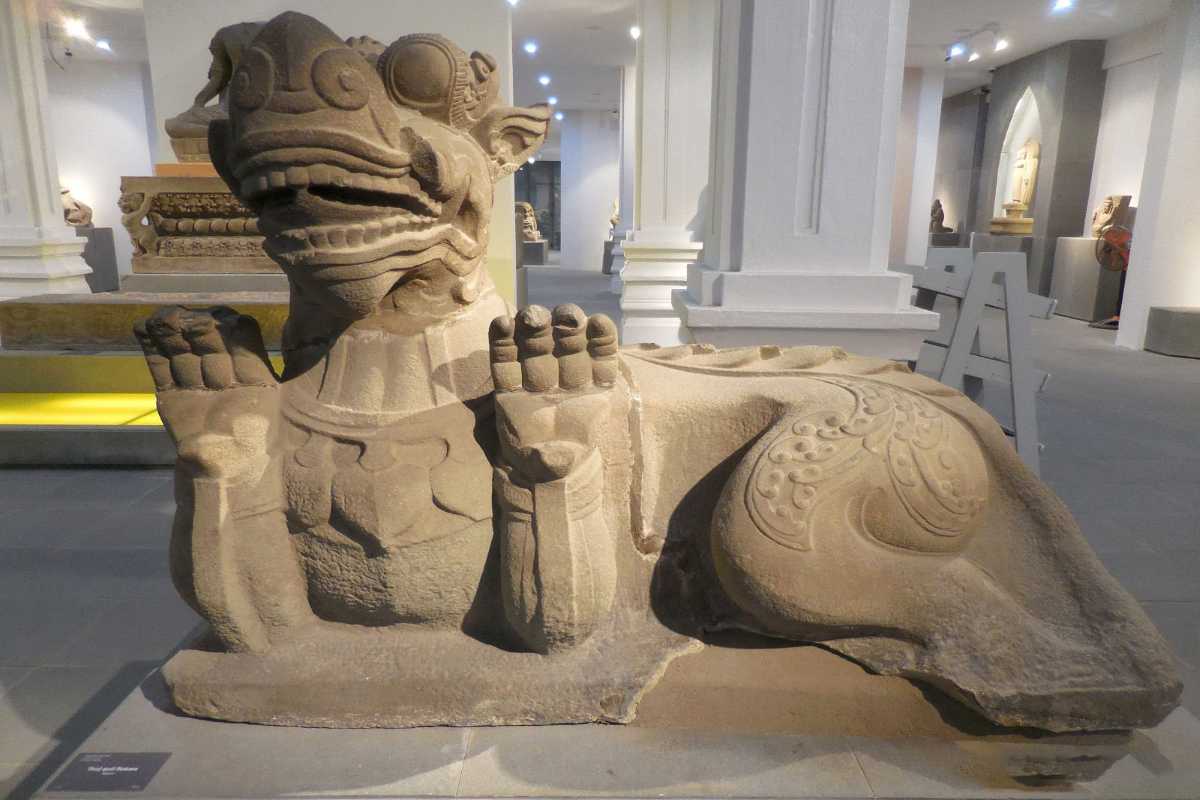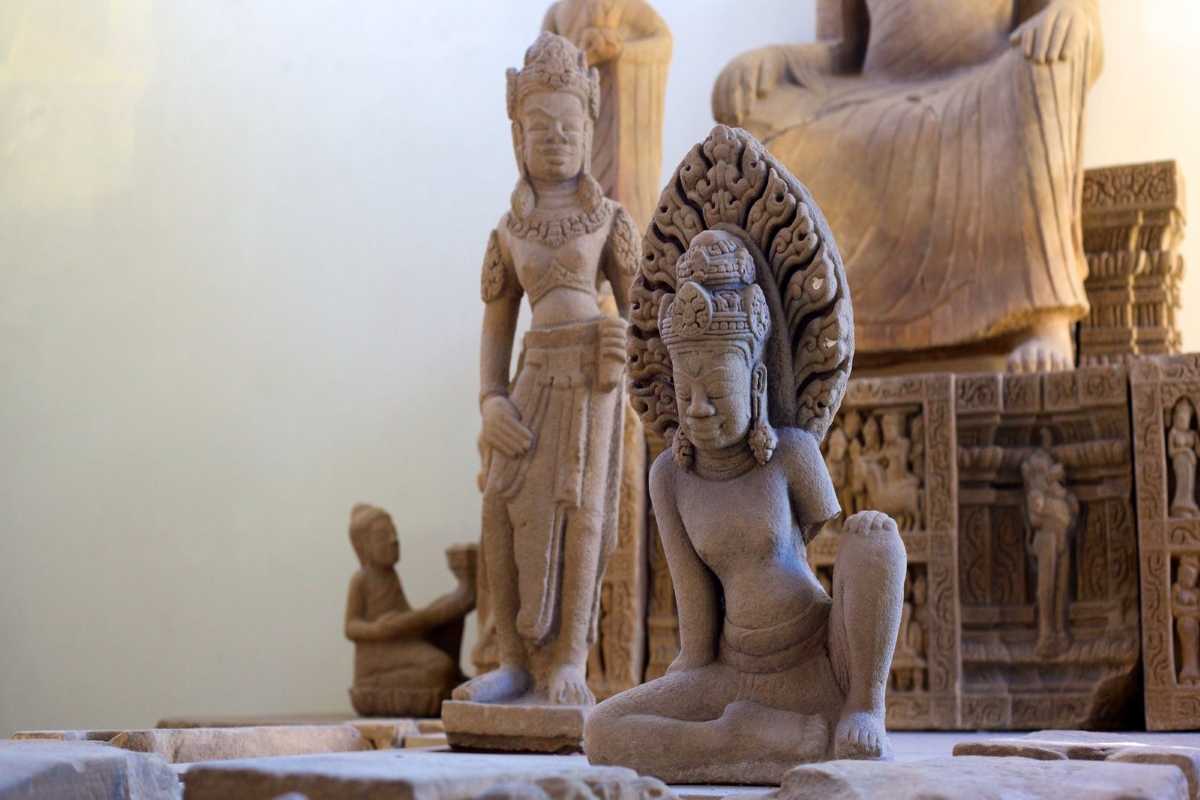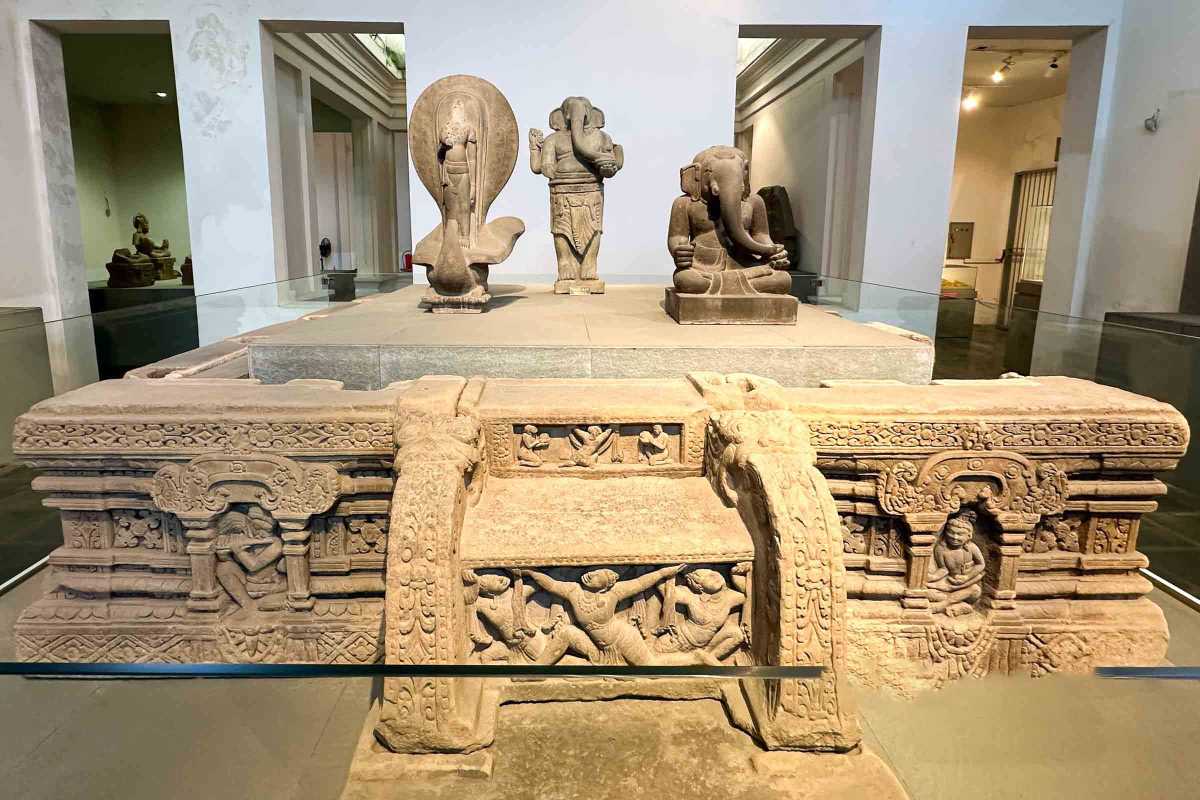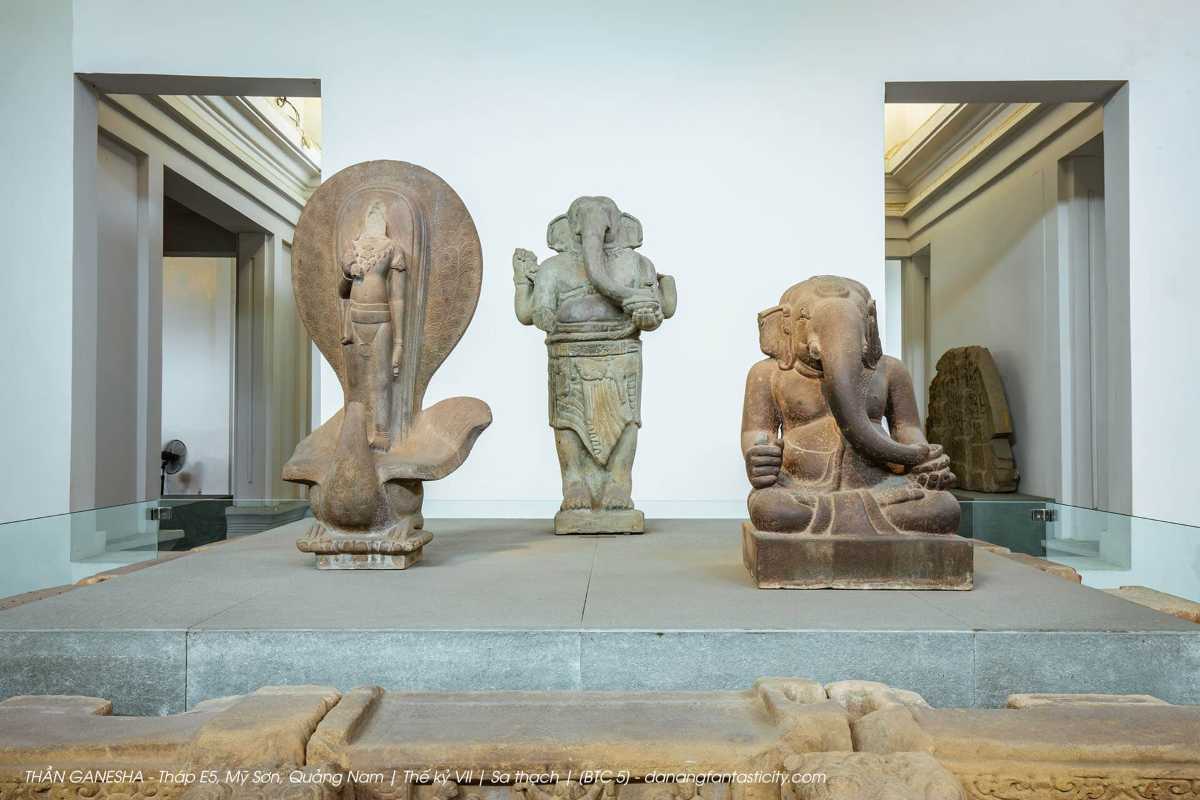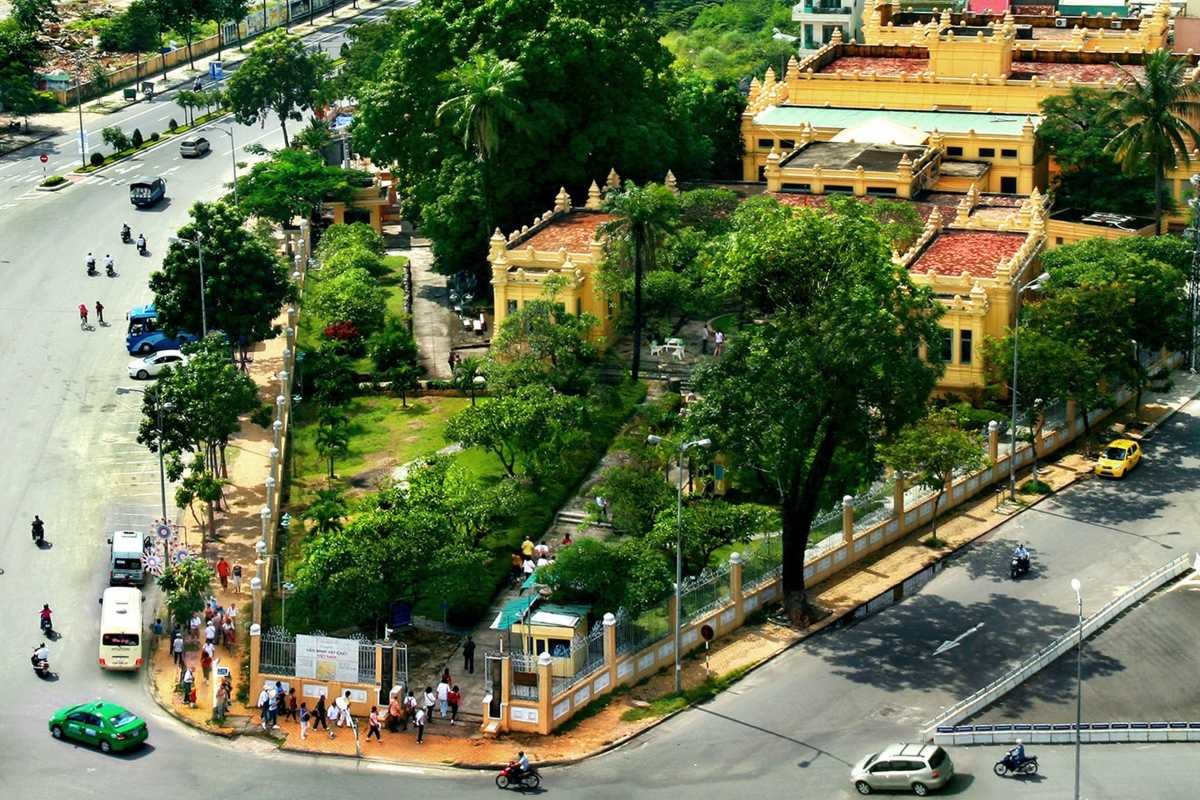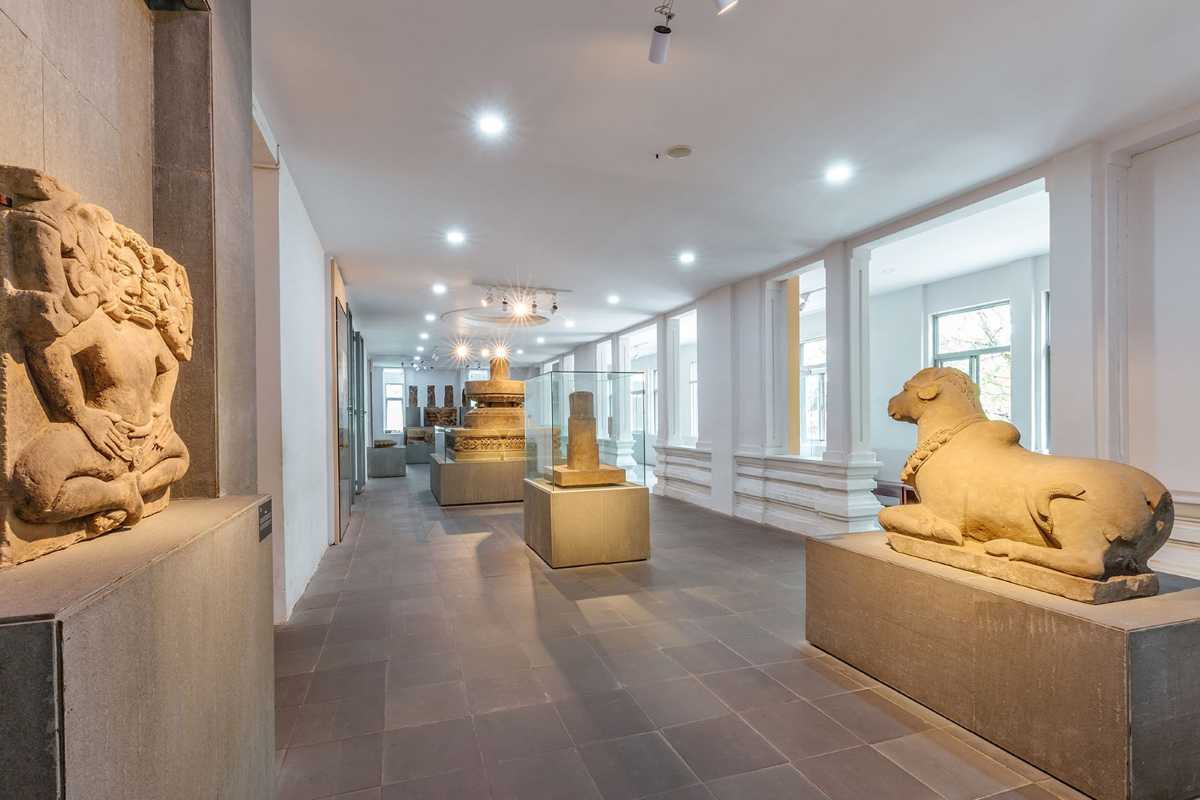Da Nang Museum of Cham Sculpture: Discover Ancient Cham Artifacts
In the heart of Da Nang, a hidden gem awaits those eager to delve into the ancient mysteries of Vietnam's Cham culture. Imagine stepping into a world where every artifact tells a story, where the relics of a once-powerful kingdom are preserved for the world to see. Welcome to the Cham Sculpture Museum, a treasure trove of centuries-old sculptures, artifacts, and cultural remnants. But, how many travelers truly understand the significance of these ancient relics?
Too often, tourists rush past the museum without realizing they are missing an opportunity to connect with one of the richest cultural heritages of Southeast Asia. If you’re seeking a deeper understanding of Vietnam's historical roots, this is the place to start.
Prepare to explore not just a museum but a doorway into the legacy of the Champa Kingdom, where each sculpture reflects an era of spiritual devotion, artistry, and craftsmanship. Let’s uncover why this museum is a must-visit destination.
Why the Da Nang Museum of Cham Sculpture Should Be Your Next Cultural Stop
Located along the tranquil Han River, the Cham Sculpture Museum in Da Nang stands as a testament to the enduring legacy of the Champa Kingdom. But what makes this museum unique? It’s not just the artifacts that draw visitors but the captivating stories behind them. Whether you're a history enthusiast, an art lover, or a casual traveler, this museum has something special to offer, making it a must-visit attraction in Da Nang.
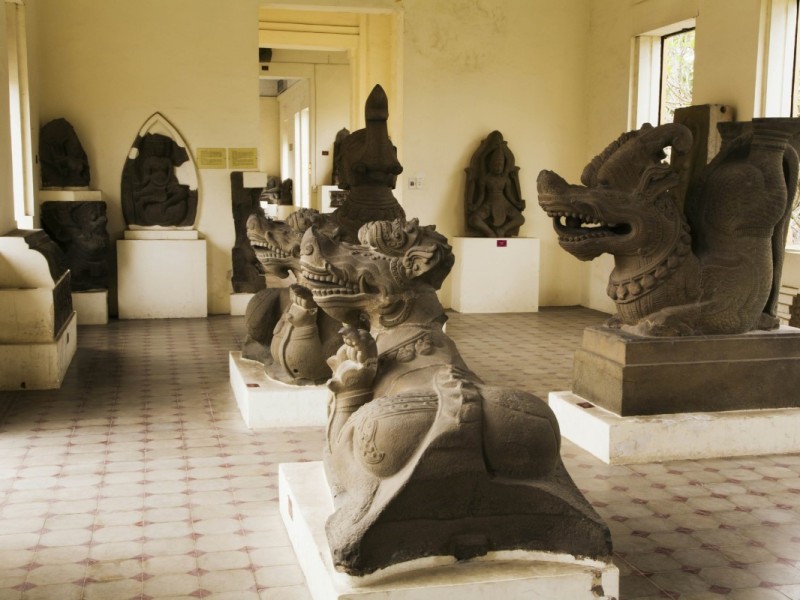
Introduction to Cham Museum in Da Nang
With more than 2,000 relics from the Champa civilization, the Cham Sculpture Museum is the largest repository of Cham artifacts in the world. This museum doesn't merely display ancient sculptures; it offers an immersive journey into the cultural and spiritual lives of the Cham people. As you walk through its carefully curated galleries, you’ll be transported back in time, discovering the art, religion, and daily life of a kingdom that once thrived in Central Vietnam.
Importance of Cham Culture in Vietnamese History
The Cham Kingdom played a pivotal role in shaping Vietnam’s cultural and spiritual landscape. The kingdom, which flourished from the 7th to the 15th centuries, was deeply influenced by Hinduism and later Buddhism, and these influences are reflected in the intricate sculptures that fill the museum. Each relic is a testament to the artisans’ dedication to their faith, with symbols like Shiva, Ganesha, and Linga-Yoni representing spiritual beliefs that are central to Cham culture.
Today, this museum preserves that heritage, allowing visitors to appreciate the lasting influence of the Champa civilization on modern-day Vietnam. The detailed carvings, the rich iconography, and the spiritual symbolism in the artifacts offer a unique glimpse into a world where art and religion were inseparable.
Unique Architecture of the Museum
The museum itself is a piece of history. Designed by French architects in the early 20th century, its architecture is a harmonious blend of Gothic European elements and traditional Cham temple designs. The building's distinct pyramid-shaped roof and large windows allow natural light to filter in, illuminating the galleries and enhancing the visitor’s experience. As you wander through the museum, the design transports you to a time when Cham temples stood tall, adorned with similar architectural marvels.
Visitors often marvel at how the museum’s layout mirrors the Champa temples, offering an authentic atmosphere that complements the artifacts within.
Why Visit the Cham Museum Over Other Museums in Vietnam?
While Vietnam boasts several notable museums, the Cham Sculpture Museum stands out for its singular focus on preserving the artifacts of the Champa Kingdom. Unlike other museums that might offer a broader range of exhibits, this museum is a concentrated experience—a deep dive into the art and culture of one of Southeast Asia's most fascinating ancient civilizations. The museum’s collection is unparalleled, offering visitors a chance to see national treasures such as the Tara Bodhisattva statue and the My Son E1 altar, both of which are considered masterpieces of Cham art.
For travelers seeking to understand Vietnam’s past, this museum offers an irreplaceable window into the spiritual and artistic legacy of the Cham people.
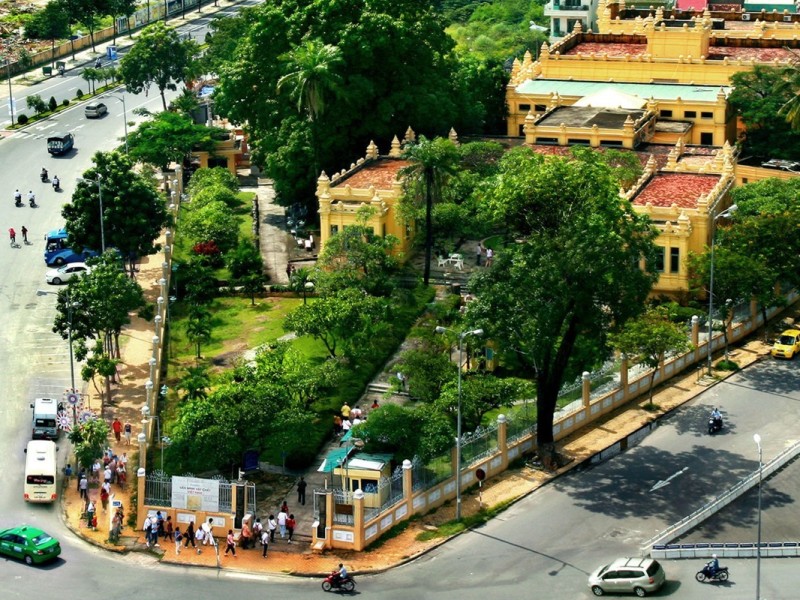
What to Expect When You Visit
Stepping into the Cham Sculpture Museum is like entering an ancient world preserved in stone. As you begin your tour, you’ll be greeted by the largest collection of Cham sculptures in existence, ranging from Hindu deities to architectural fragments from the Champa Kingdom's temples. Each piece is a story in itself, capturing the essence of life in the Champa Kingdom.
A Curated Journey Through the Champa Kingdom’s Artifacts
The museum is divided into thematic galleries, each offering a glimpse into different regions and periods of the Champa Kingdom. From the Tra Kieu Gallery, home to the famous Tra Kieu altar, to the My Son Gallery, which houses artifacts from the kingdom's most sacred Hindu temple complex, visitors can explore the geographic and spiritual diversity of the Champa people.
The carefully curated collections provide visitors with an educational and aesthetic experience, allowing you to appreciate the intricate details of Cham sculpture while learning about the rich history behind each piece.
Accessibility and Amenities
The museum is well-equipped for visitors, offering facilities such as audio guides in multiple languages and comfortable seating areas. Whether you’re on a guided tour or exploring at your own pace, the museum ensures that all visitors have a memorable experience. Its location near major attractions like the Dragon Bridge also makes it easy to incorporate into your travel itinerary.
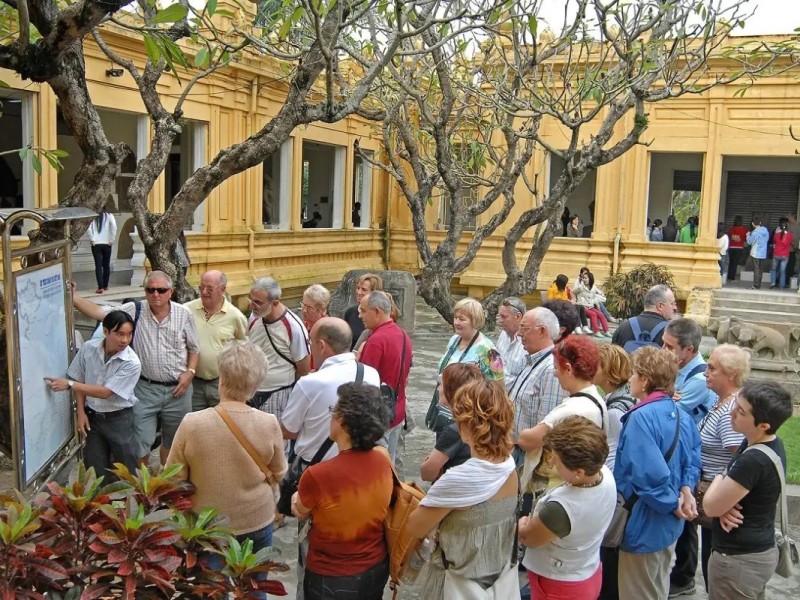
Immerse Yourself in the Rich History of Cham Sculpture
The Cham Sculpture Museum in Da Nang offers an unparalleled opportunity to explore the rich heritage of the Champa Kingdom. This museum is not just a repository of ancient artifacts but a gateway into a civilization that has deeply influenced the culture of Central Vietnam. As you journey through its halls, you’ll encounter the art, religion, and culture that shaped the daily lives of the Cham people, providing a deeper appreciation for this once-great kingdom.
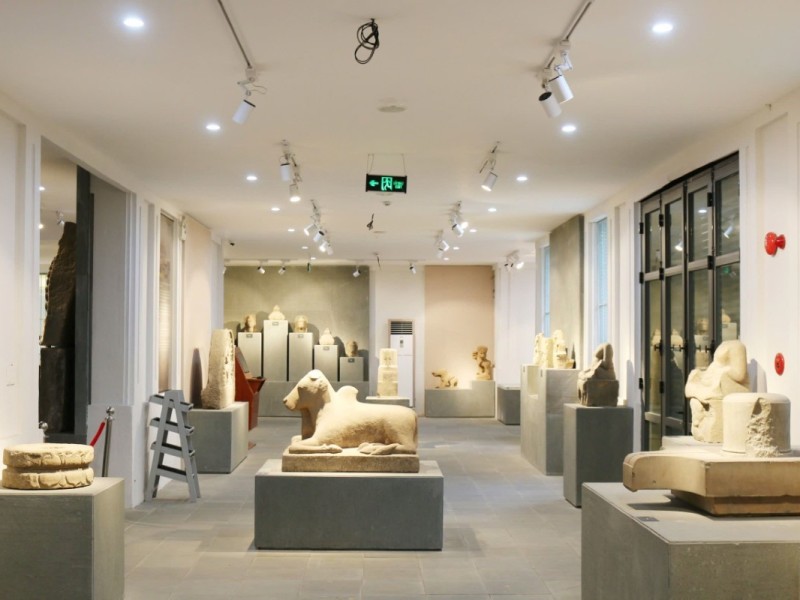
Discovering the Richness of Cham Culture
The Cham Sculpture Museum holds the largest collection of Cham artifacts in the world. Each sculpture, whether a grand monument or a delicate carving, tells a story of spiritual devotion, artistic mastery, and the cultural exchange that occurred over centuries. From its early influences in Hinduism to later transitions into Buddhism, the Cham art in this museum highlights the complexity and depth of this ancient civilization.
Detailed Descriptions of Iconic Artifacts (e.g., My Son E1 Altar)
Among the most notable treasures housed in the museum is the My Son E1 Altar, an extraordinary example of Cham sculpture that once stood in the sacred temple complex of My Son. This altar, intricately carved with Hindu deities and mythological figures, represents the spiritual devotion of the Cham people to their gods. It is a striking piece that showcases the advanced skills of Cham artisans, whose mastery in working with sandstone allowed them to produce sculptures of great beauty and significance.
The My Son E1 Altar is not just a relic; it serves as a bridge to understanding the role of religion in the Champa Kingdom. Visitors can observe the detailed depictions of Hindu gods, such as Shiva, which were worshipped as protectors and creators, deeply influencing the religious life of the Cham people. The meticulous craftsmanship found on the altar speaks to the profound respect the Cham culture had for their religious practices, making this piece one of the museum’s most revered artifacts.
How Champa Art Reflects Religious and Cultural Beliefs
The Champa Kingdom was a melting pot of religious influences, primarily drawn from Hinduism and later Buddhism, and these influences are prominently displayed in the art and architecture found in the Cham Sculpture Museum. Sculptures of Shiva, Ganesha, and Buddhist deities are found throughout the museum, each symbolizing the religious syncretism that characterized the kingdom. The intricate detailing on these sculptures, from the crown of Shiva to the posture of Buddhist statues, reflects the reverence the Cham people held for these spiritual figures.
In addition to Hinduism, the later adoption of Buddhism introduced new forms of religious expression. For example, the museum features representations of Tara, a Buddhist deity, which signaled the growing importance of Buddhist iconography in Cham culture. These sculptures not only served as religious symbols but also embodied the evolving cultural beliefs of the Champa Kingdom, marking their place in the larger spiritual landscape of Southeast Asia.
The Art Styles of Different Champa Kingdom Periods
Over the centuries, the Champa Kingdom experienced multiple periods of artistic development, each contributing a unique style to the overall body of Cham art. Early Champa sculpture, heavily influenced by Indian Gupta art, is characterized by strong Hindu symbolism and a focus on mythological figures. As the kingdom evolved, its art began to incorporate more regional influences, creating a distinctively Cham style that merged Indian, Chinese, and Southeast Asian elements.
In the museum, visitors can see the progression of this art style through various artifacts, from the early period sculptures, which are more rigid and formal, to the later period works, which exhibit a softer, more naturalistic form. This transition is especially evident in the representations of gods and deities, where earlier depictions of Shiva are more stoic, while later ones show the deity in a more human-like, approachable manner.
By understanding these stylistic changes, visitors gain a richer appreciation of how the Champa Kingdom evolved, not only as a political entity but also as a cultural and religious center in Southeast Asia.
Comparison of Cham Art with Other Southeast Asian Cultures
While Cham art is unique in its own right, it bears striking similarities and differences when compared to the art of neighboring cultures such as the Khmer and Javanese. Like the Khmer sculptures found in Angkor Wat, Cham art emphasizes grandeur and religious devotion, but it maintains a distinct style that is smaller in scale and more detailed in its craftsmanship. The Khmer art often depicts grand temple structures and larger-than-life deities, while Cham sculptures focus more on intricate carvings and smaller altars, reflecting their specific religious practices.
Similarly, when comparing Cham art to Javanese sculptures from Borobudur, both cultures shared Buddhist influences, yet Cham art retains its unique blend of Hindu-Buddhist syncretism. The blend of Indian, Chinese, and indigenous elements in Champa art gives it a distinct character that sets it apart from the more uniform styles seen in Khmer and Javanese traditions.
By examining Cham sculpture within the broader context of Southeast Asian art, visitors to the museum can appreciate the interconnectedness of these ancient civilizations, while also recognizing the unique cultural identity that the Champa Kingdom maintained throughout its history.
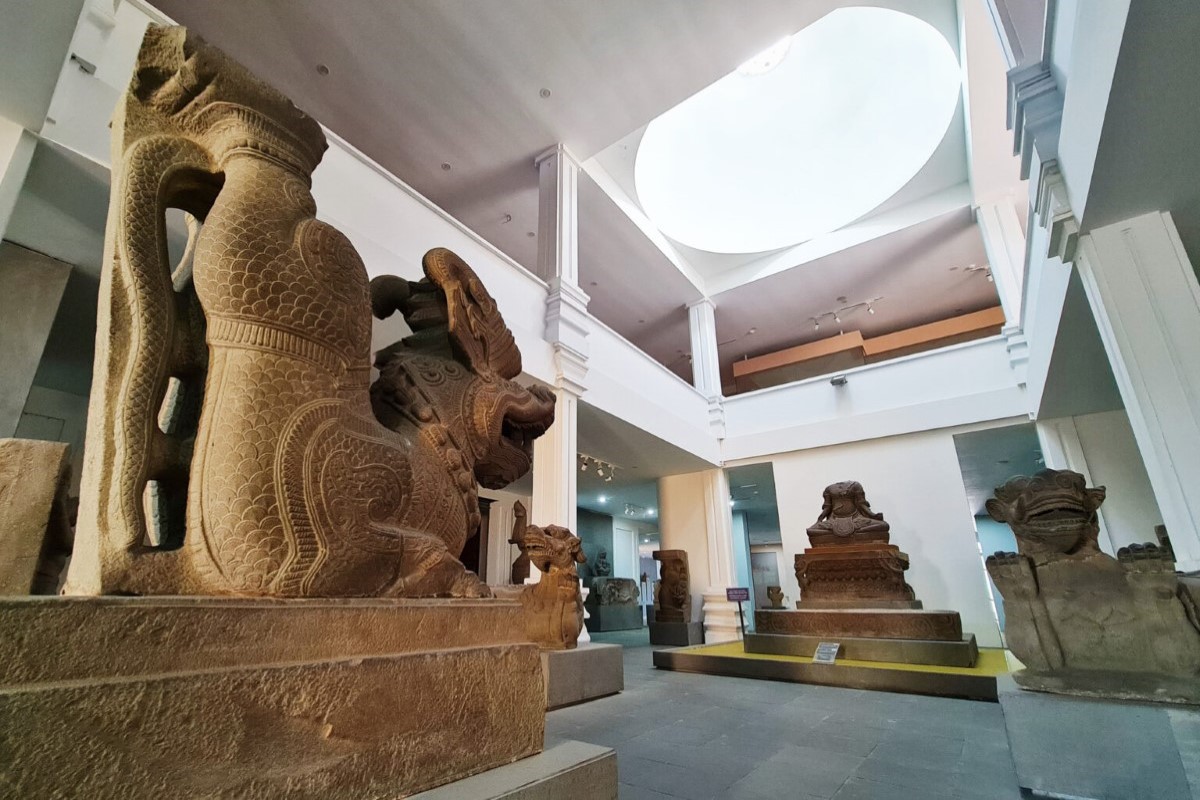
Feel the Magic of Vietnam’s Cham Heritage
As you walk through the Cham Sculpture Museum in Da Nang, it’s impossible not to feel the echoes of the Champa Kingdom’s spiritual and cultural legacy. The air is thick with history, and every corner of the museum reveals treasures that tell the story of a civilization once rich in art, religion, and tradition. Here, visitors can explore unique relics that connect them to Vietnam’s ancient heritage. Whether you're captivated by the delicate sculptures of Hindu gods or fascinated by the national treasures that have withstood the test of time, this museum promises to leave a lasting impression on your journey through Vietnam.
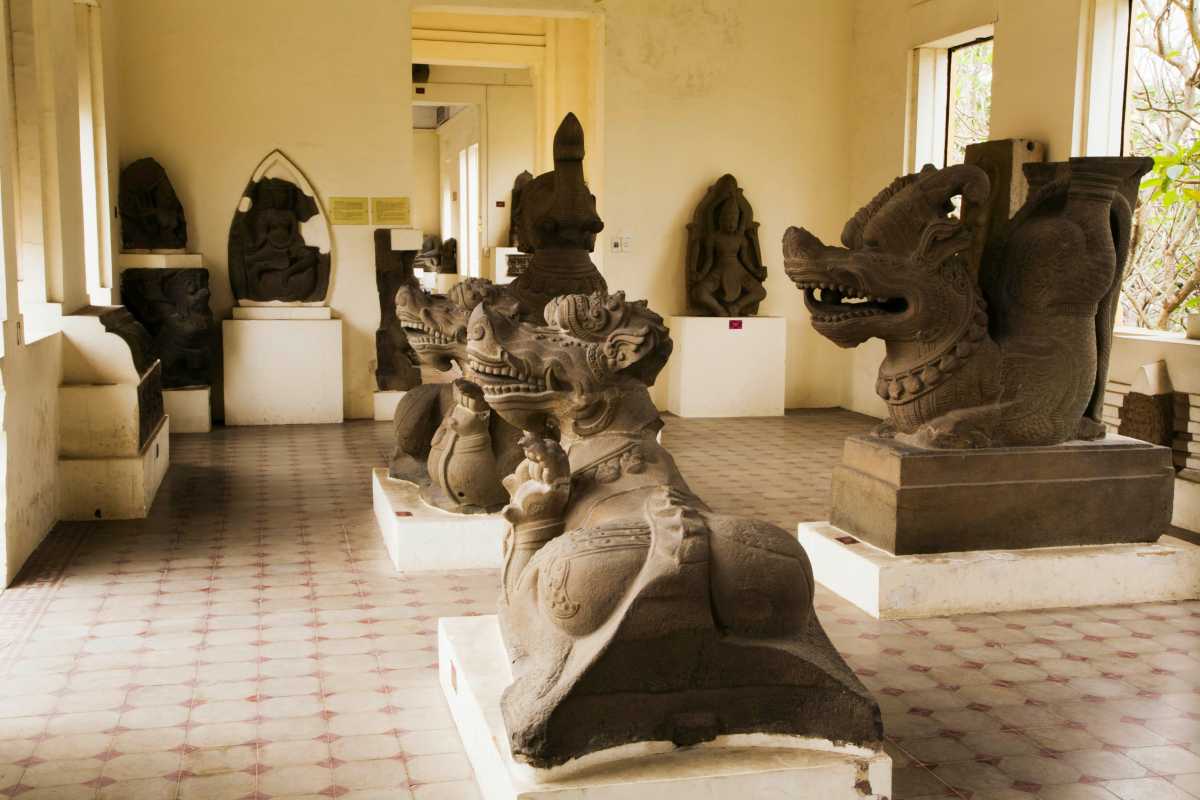
Experience Unique and Rare Relics
When you visit the Cham Sculpture Museum, you are not just seeing objects; you are experiencing cultural relics that have survived for centuries, carrying with them the beliefs, stories, and artistry of the Cham people. These rare artifacts are more than just historical pieces—they are windows into a bygone era that still resonates today. Visitors have the rare chance to witness sculptures and treasures that define a civilization’s spiritual and cultural essence.
National Treasures and Their Significance
At the heart of the museum are the national treasures that hold a special place in Vietnam’s cultural heritage. The My Son E1 altar, considered one of the most important relics from the Champa Kingdom, is a masterpiece of Cham art. Its intricate carvings of Hindu deities depict stories of creation and protection, representing the Cham people's devotion to their gods. This altar, once part of the sacred My Son Sanctuary, stands as a testament to the artistic skill and spiritual depth of the Champa civilization.
Another national treasure, the Tara Bodhisattva, embodies the Buddhist influence that later spread across the Champa Kingdom. This statue, with its serene expression and graceful posture, symbolizes compassion and protection. Visitors can feel the reverence in the detailed craftsmanship that went into creating such a powerful symbol. These treasures are not just relics but cultural milestones, offering visitors a deeper connection to the spiritual heritage of Vietnam.
Sculptures of Hindu and Buddhist Deities
The museum is home to a collection of stunning sculptures of Hindu and Buddhist deities, each carrying its own symbolic meaning. The figure of Ganesha, the elephant-headed god of wisdom and new beginnings, is particularly striking. Visitors are often drawn to the detailed carvings that depict Ganesha’s attributes, symbolizing the protection and prosperity sought by the Cham people.
On the other hand, the Tara Bodhisattva represents the divine feminine in Buddhist art, a symbol of compassion and motherly protection. Standing in front of this statue, visitors are reminded of the profound religious and cultural shifts that took place as Buddhism became more prominent in the Champa Kingdom. These sculptures not only tell the story of religious devotion but also showcase the artistic mastery of the Cham artisans.
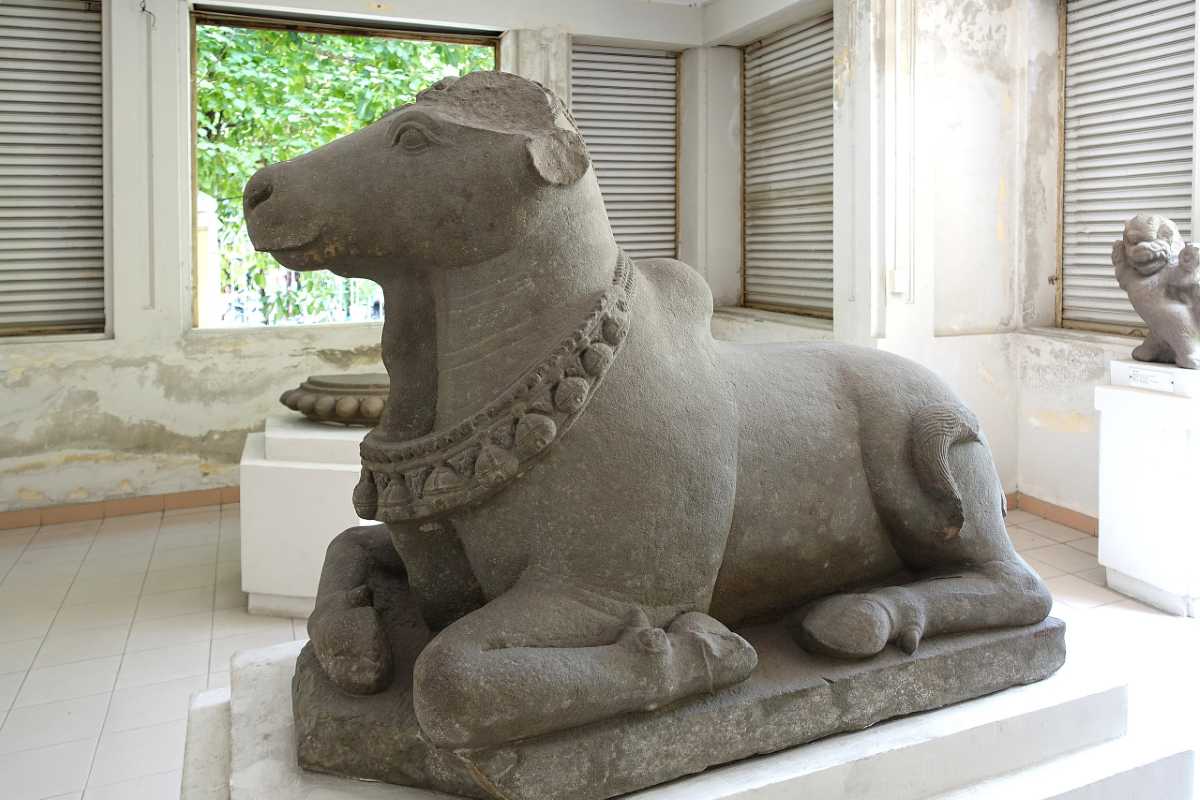
Make It a Personal Journey
Every visit to the Cham Sculpture Museum is deeply personal. Whether you're traveling with family, as a couple, or on your own, the museum offers experiences tailored to every visitor. Its layout encourages reflection, and its interactive exhibits allow visitors of all ages to engage with Cham culture in meaningful ways.
Family-Friendly Activities
For families, the museum offers interactive and hands-on experiences that make history come alive for children. Parents can guide their children through the museum’s galleries, where they can explore replicas of Cham artifacts, participate in educational activities, and learn about the rich heritage of the Champa Kingdom. The museum is designed to be engaging for young visitors, offering plenty of opportunities for them to interact with the exhibits and deepen their appreciation for the culture.
Romantic Visits for Couples
Couples will find the Cham Sculpture Museum a surprisingly romantic setting. The peaceful atmosphere of the museum, combined with the beauty of the Cham sculptures, creates an ideal backdrop for quiet moments of reflection. Romantic photo opportunities abound, particularly in the outdoor garden where ancient sculptures stand against the lush greenery. Many couples find that the history and spirituality of the museum offer a perfect place for meaningful, shared experiences.
Tailored Museum Experiences for Solo Travelers
Solo travelers often find the museum to be a place of personal reflection. With self-guided tours available, visitors can explore the museum at their own pace, lingering in the galleries that speak most to their interests. For those who enjoy personal time with art, the Cham Sculpture Museum provides ample opportunities for quiet contemplation. Many solo visitors appreciate the museum’s serene atmosphere, which allows them to connect with the art and history in a deeply personal way.
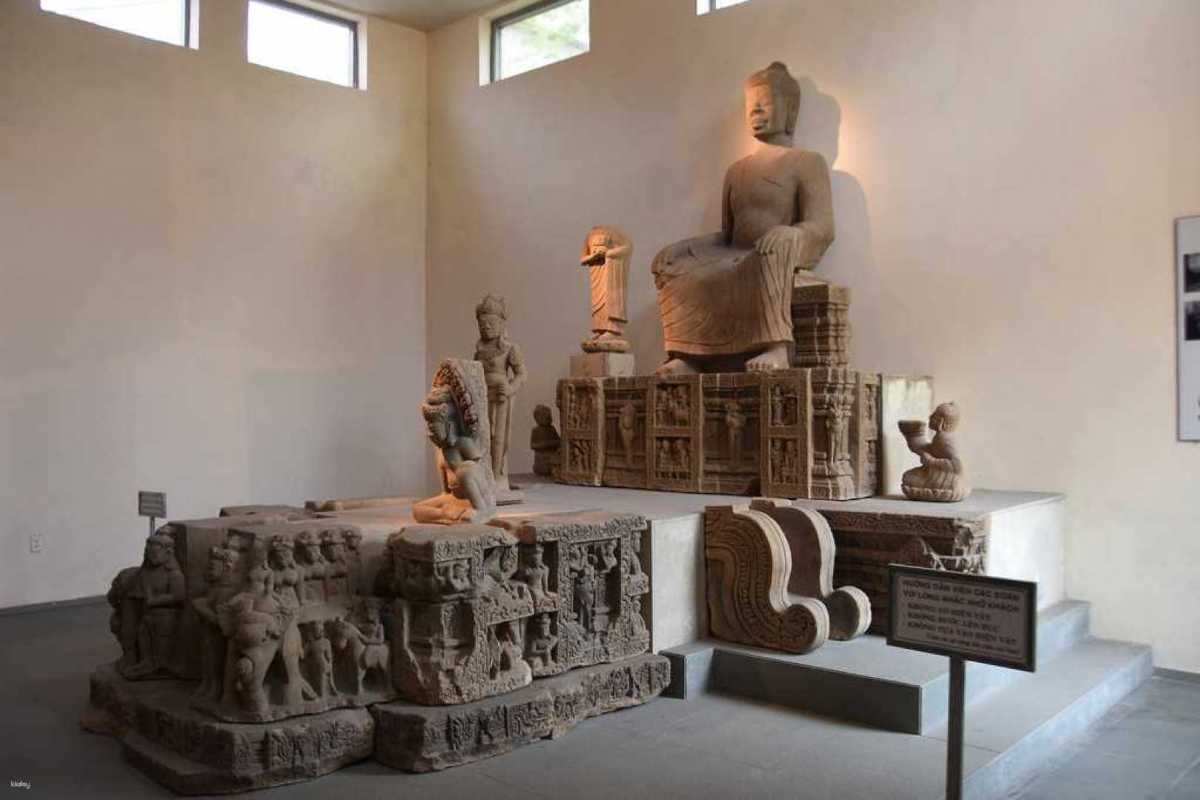
Guided and Self-Guided Tours
The museum offers visitors the choice between guided tours, where experts provide detailed explanations of the artifacts, and self-guided tours, which allow for a more personal exploration of the exhibits. Both options cater to different types of travelers, ensuring that everyone can experience the museum in the way that suits them best.
The Experience of Guided Tours vs. Self-Guided Tours
Opting for a guided tour provides visitors with a richer understanding of the Cham artifacts. Expert guides offer historical context, explain the significance of the most important pieces, and share stories about the Cham people and their artistic traditions. On the other hand, self-guided tours allow for a more flexible visit. With the help of an audio guide, visitors can move through the museum at their own pace, focusing on the pieces that interest them the most.
Interactive Exhibits and Hands-On Experiences
The museum also offers interactive exhibits that allow visitors to engage more deeply with Cham art. Touchable replicas of Cham sculptures and digital displays provide a hands-on experience that goes beyond just looking at artifacts behind glass. These exhibits are particularly popular with younger visitors and those who want to experience the Cham culture in a more immersive way.
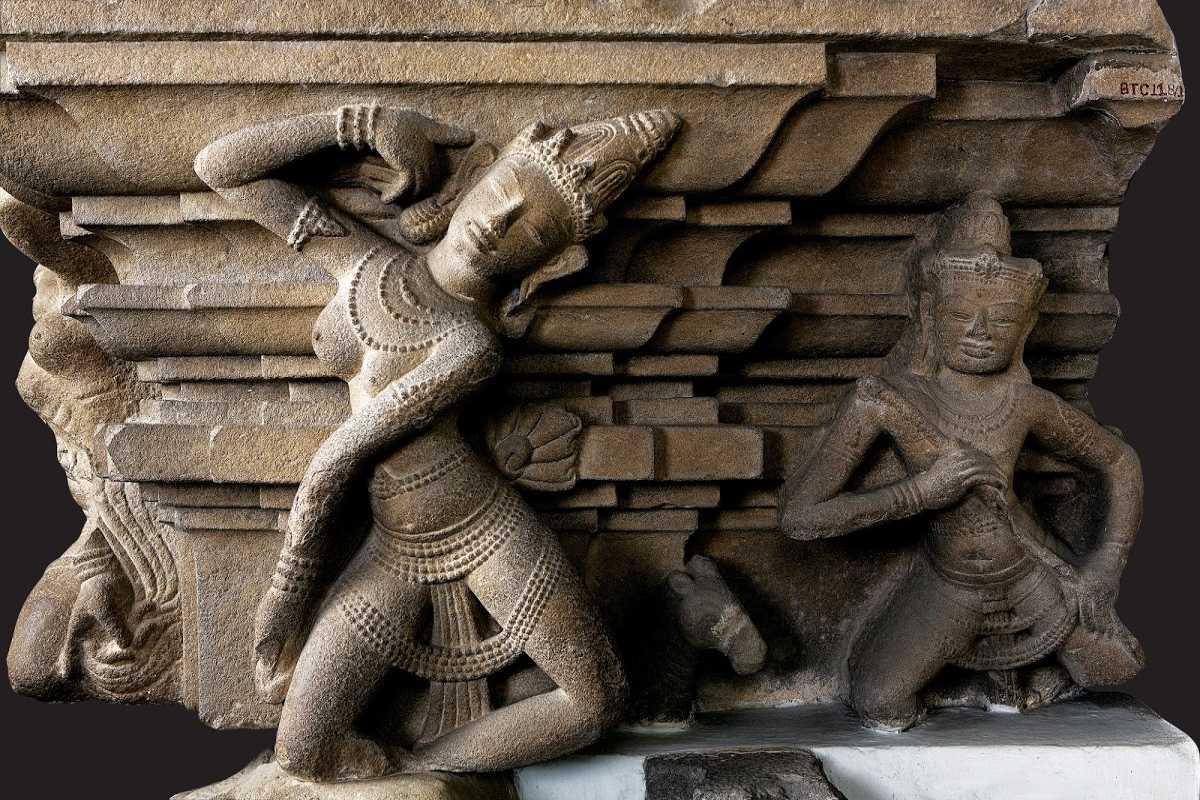
Plan Your Visit to the Cham Museum of Sculpture Today!
Visiting the Cham Sculpture Museum offers a unique journey into the heart of Vietnam’s Cham heritage. Now that you’ve been inspired by the cultural and spiritual richness of the museum’s collections, it’s time to start planning your visit. Whether you're already in Da Nang or planning a future trip, this practical guide will ensure you make the most of your time at the museum.

Essential Visitor Information
Before you embark on your cultural journey, it's essential to know the visitor details that will help you navigate your visit with ease. Here’s everything you need to ensure a smooth experience.
Ticket Prices and Opening Hours
The Cham Sculpture Museum offers affordable access to its wealth of history. The ticket prices are just 60,000 VND per person, making it accessible to all visitors. The museum is open daily from 7:30 AM to 5:00 PM, so you can explore the exhibits at your own pace.
If you’re looking to save a little more, be sure to check out their seasonal discounts or group deals. These offers are often available to families or large groups, allowing you to enjoy the museum’s treasures at a reduced rate.
How to Get to Cham Museum
Conveniently located near the Han River in the center of Da Nang, the Cham Sculpture Museum is easily accessible from most major landmarks. If you’re staying in the city center, a short taxi ride or a leisurely walk will get you there in minutes. For those traveling from Da Nang International Airport, the museum is only about a 15-minute drive. Alternatively, visitors staying near My Khe Beach can expect a quick 10-minute trip by car or motorbike.
No matter where you are in Da Nang, getting to the museum is hassle-free, allowing you to immerse yourself in Cham art without worrying about logistics.
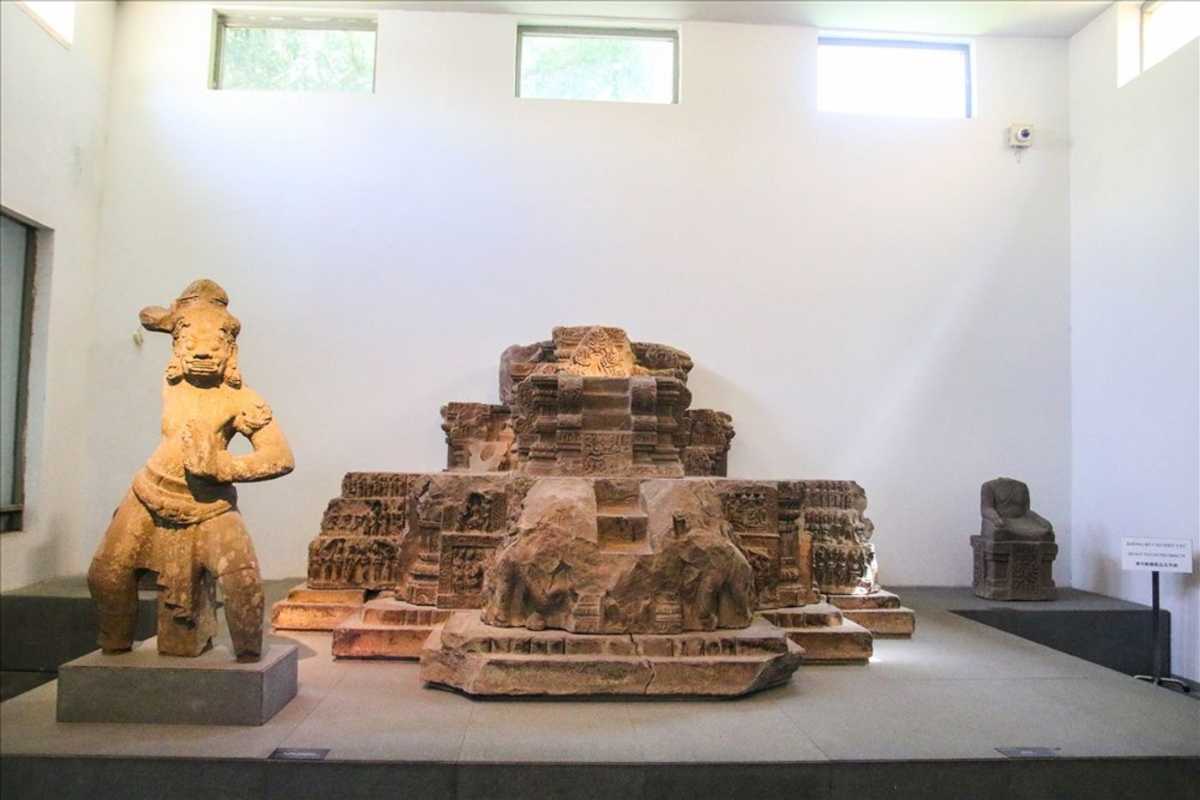
Additional Travel Tips
Planning a successful visit involves more than just knowing where to go. These practical tips will help you make the most of your time at the museum.
Best Time to Visit and What to Bring
To enjoy a more peaceful experience, it’s best to visit the museum in the morning or early afternoon, as these times tend to be less crowded. If you’re looking to avoid peak hours, try to plan your visit during the weekdays. This will give you more time to explore the museum’s galleries in a relaxed and unhurried manner.
Be sure to bring a camera to capture the intricate details of the Cham artifacts, and wear comfortable shoes, as you’ll likely spend a few hours walking through the museum's spacious galleries. You may also want to bring a hat or umbrella, especially if you plan to explore the outdoor garden area.
Tips for First-Time Visitors
For first-time visitors, starting your tour at the My Son Gallery is highly recommended. This gallery houses some of the most significant relics, including the My Son E1 altar, which will set the tone for the rest of your visit. From there, you can move through the Tra Kieu Gallery and other themed exhibitions, which provide a chronological journey through the Champa Kingdom’s artistic evolution.
To get the most out of your experience, consider using the audio guide available in multiple languages. It will enhance your understanding of the artifacts and offer deeper insights into the Cham culture.
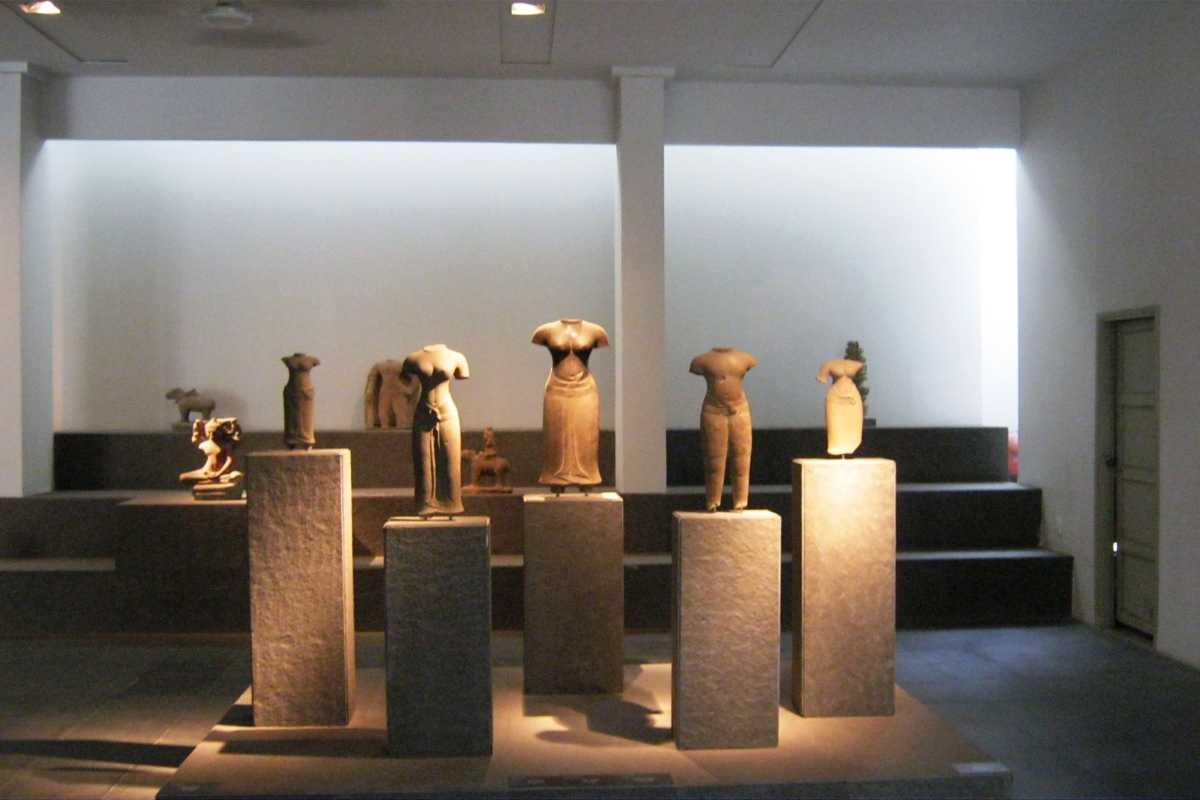
Suggested Combination Tours
For those looking to expand their cultural exploration in Da Nang, combining a visit to the Cham Sculpture Museum with nearby attractions is the perfect way to enrich your journey. Here are two highly recommended day-trip options that offer a full-day experience of Vietnam’s heritage.
Cham Museum + My Son Sanctuary
A visit to the Cham Museum naturally pairs with a trip to the My Son Sanctuary, a UNESCO World Heritage Site and one of the most important ancient Hindu temple complexes in Southeast Asia. After admiring the Cham sculptures in the museum, take a day trip to My Son to see these artistic masterpieces in their original context. Many tour operators in Da Nang offer combination tours that cover both sites, making it easy to explore the Champa Kingdom’s spiritual and architectural legacy in one go.
Cham Museum + Marble Mountains
For travelers who prefer a mix of history and natural beauty, consider combining the Cham Sculpture Museum with a visit to the Marble Mountains. This unique destination features a series of limestone and marble hills with ancient caves, temples, and panoramic views of Da Nang. The Marble Mountains are just a short drive from the museum, making this a perfect half-day tour for visitors looking to blend cultural discovery with a scenic escape.
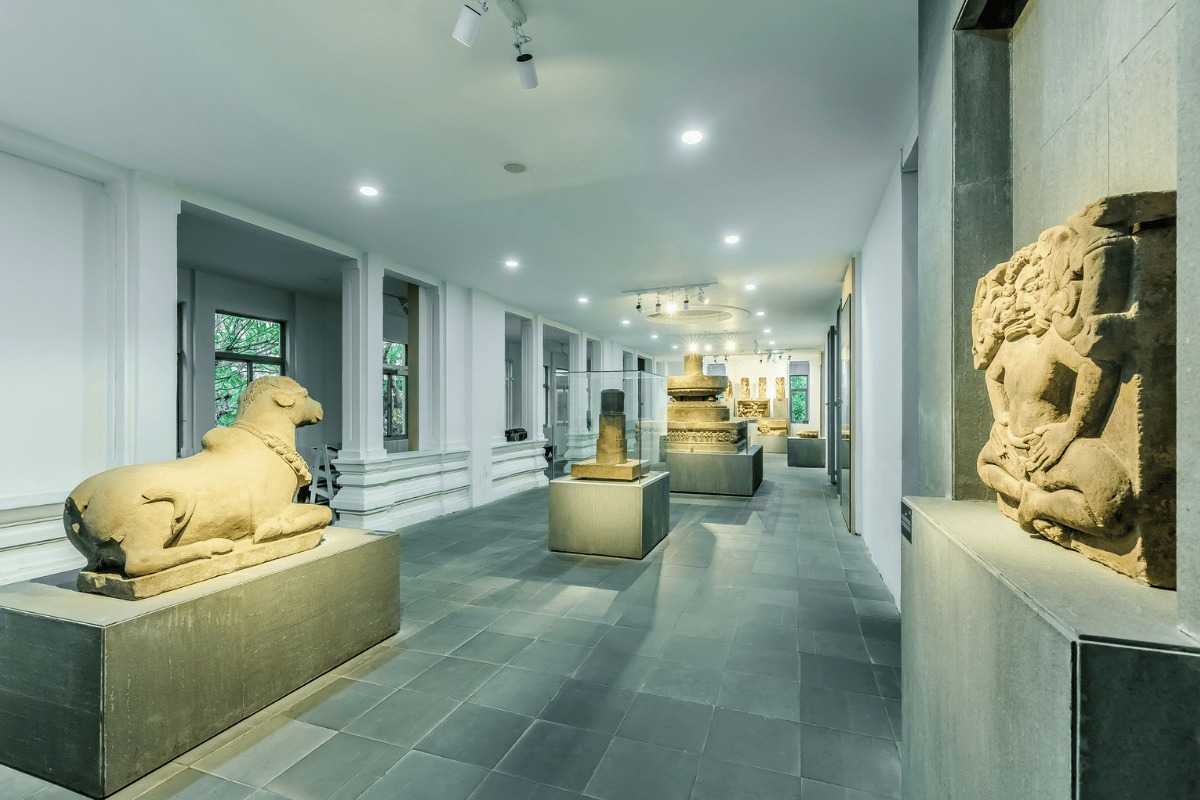
Your Journey into Cham Heritage Awaits
The Cham Sculpture Museum is more than just a stop on your itinerary; it’s an invitation to step back into a world of ancient history, spiritual devotion, and artistic mastery. From the intricate carvings of Hindu deities to the Buddhist influences that shaped the Champa Kingdom, this museum offers a rare glimpse into a civilization that continues to influence Vietnamese culture today.
Now that you have all the information you need, it’s time to make your trip to the Cham Sculpture Museum a reality. Whether you plan to visit as part of a combination tour or explore on your own, the museum promises to be an enriching and unforgettable experience. Don’t wait—plan your visit today and immerse yourself in the magic of Cham heritage!
Trường Sơn
Faqs
The Da Nang Museum of Cham Sculpture is renowned for preserving the largest collection of Cham artifacts in the world, offering a direct window into the spiritual and artistic legacy of the Champa Kingdom.
Located in the heart of Da Nang, the museum was established in 1915 and showcases centuries-old sculptures that document the Cham people’s unique blend of Hindu and Buddhist influences.
- The collection highlights national treasures from sites like My Son Sanctuary.
- Visitors can explore artifacts dating from the 7th to 15th centuries, reflecting the rich history and craftsmanship of Cham culture.
- The museum serves as a crucial resource for understanding the cultural exchange between the Cham, Vietnamese, and neighboring civilizations.
A visit to the Da Nang Museum of Cham Sculpture is an inspiring way to experience the roots of Central Vietnam’s spiritual and artistic heritage. Plan your visit to connect with the past and deepen your understanding of Vietnam’s cultural history.
The Da Nang Museum of Cham Sculpture is located at 2 2 Thang 9 Street, Binh Hien Ward, Hai Chau District, in the center of Da Nang.
The museum is conveniently positioned along the western bank of the Han River, right next to the iconic Dragon Bridge and across from the Vietnam Television Center.
- Central location allows for easy access from hotels, public transit, and major city attractions.
- Just a short walk or taxi ride from Da Nang’s riverfront and business district.
- Within 2 kilometers of Da Nang Railway Station and about 6 kilometers from Da Nang International Airport.
Explore the museum’s vibrant city surroundings as part of your Da Nang adventure. This prime location makes it easy to include in any itinerary.
Getting to the Cham Sculpture Museum from Da Nang International Airport is quick and convenient by car or taxi.
From the airport, head north along Duy Tan Street, then cross to 2 Thang 9 Street where the museum is located.
- Distance is about 6 kilometers; taxi ride takes 15 to 20 minutes.
- Ride-hailing services and airport taxis are readily available outside arrivals.
- Public bus lines and private transfers also serve this route.
You can easily reach the museum with a short, comfortable drive, making it a great first stop in Da Nang.
The Da Nang Museum of Cham Sculpture is open daily from 7:30 AM to 5:00 PM, allowing visitors ample time to explore its exhibits.
These consistent hours mean you can visit any day of the week, with flexible timing for morning or afternoon visits.
- Last admission is typically 30 minutes before closing.
- Hours may adjust for holidays or special events, so double-check in advance if visiting during national celebrations.
Plan your museum visit early in the day for a more peaceful experience and plenty of time to enjoy the art.


